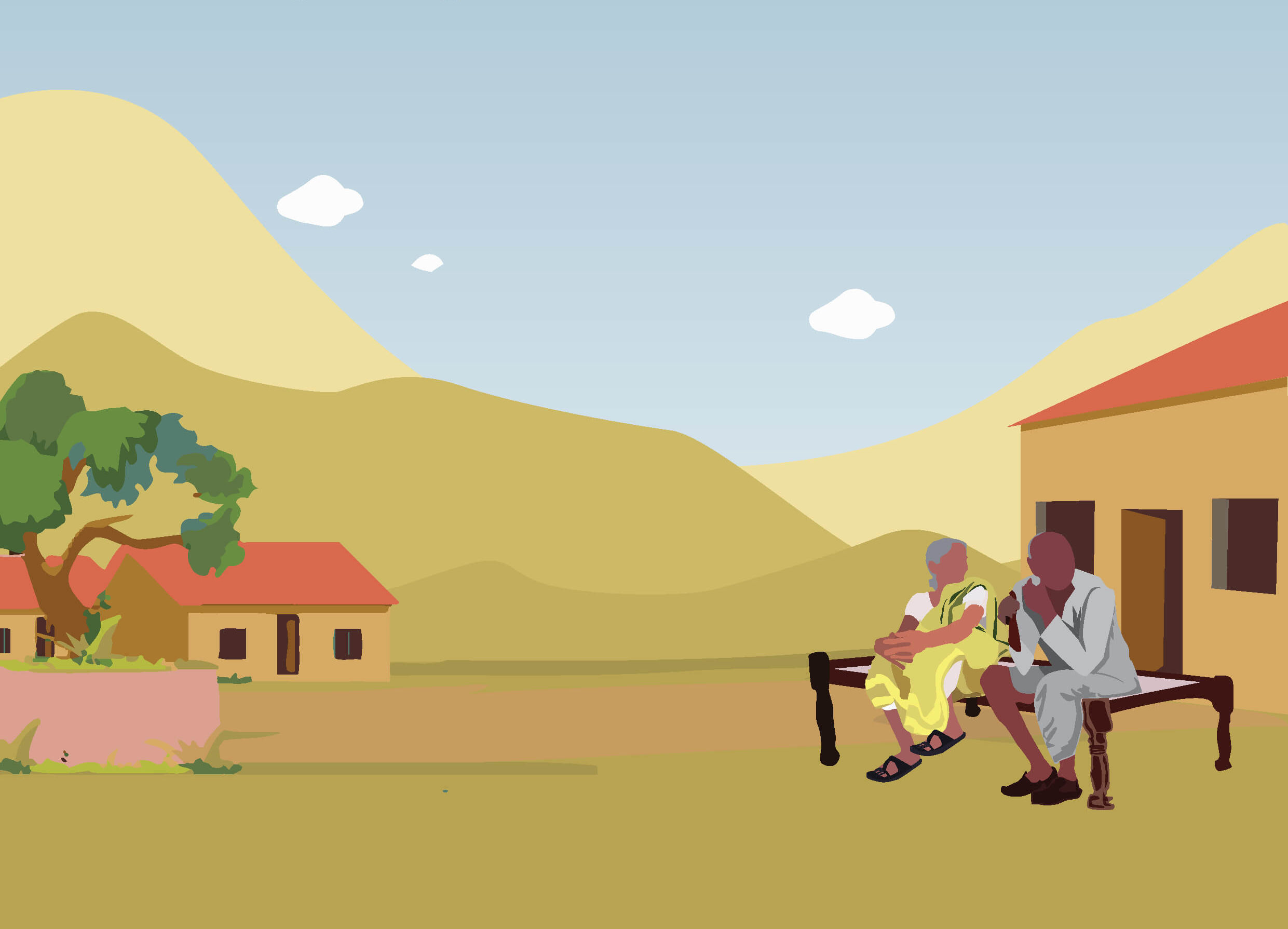We define those people who are scattered geographically and those who suffer from some physical, social or cultural infirmity as belonging to “scattered and disenfranchised groups” (S&DG). Because of their infirmity, they are unable to either fend for themselves without any assistance or even to navigate their way by dignified and equal exchange with the rest of the society, polity and the economy. Geographic scatter makes it difficult to organize them into a pressure group of any sort and hence they do not form the political constituency of any leader aspiring to be elected.
People of the S&DG have always been viewed as needy and deserving of compassionate and charitable assistance. Well-meaning householders and people with means have been providing some form of paternalistic assistance to them. These people became the clients of the Social Welfare (now renamed as Social Justice) departments of Governments. Subsequent to adoption of United Nations Universal Declaration of Human Rights, Governments started recognizing the rights of people to a dignified life and equal citizenship. Numerous specific UN Conventions have since been resolved for specific categories included here in the S&DG specifying the rights of the people in that category. The Government of India has ratified such conventions in respect of children, in respect of indigenous people, in respect of persons with disability and has always taken a favorable stance in other similar humanitarian issues. Government has aligned its domestic laws with these Conventions in some cases. Whether arising out of legal liability after aligning the laws with these Conventions or arising out of the paternalistic sense of compassionate duty towards these people, Central and State Governments have formulated a number of schemes and programs for the well being of the people belonging to S&DG.
However, the reach of these schemes and their impact on the conditions of the people in the S&DG leave a lot to be desired. This report discusses the situation of the people and the challenges experienced by State Governments in reaching these people and providing the goods and services meant for their wellbeing. The specific challenges include low relative power of concerned departments within State administration, this resulting in that department becoming among the first to suffer budget cuts, poor external pressure and consequent limited motivation of the staff, insufficient mind-space available with top leaders of these departments for the weaker of these people, paucity of staff, absence of any reliable data on numbers, identities and location of the individuals in the S&DG, poor mobility for the staff, iterative and cumbersome processes adopted for selecting the beneficiaries and reinforcement of an ultra-conservative, rule bound behavior due to recent spike in escalation and litigation arising out RTI Act.
We believe that sensitizing the top leaders and operative staff about the conditions of the individuals in S&DG; creation of a systematic data base for identifying, reaching and tracking the individuals and recipients of the Government schemes will help improve the situation. Given the mismatch between responsibilities on frontline departments and their bandwidth, greater reliance on private entities for actual delivery of services can be considered. Government is better off restricting itself to design and monitoring and working on improving the efficacy of the programs for the S&DG. We also believe that attempts to mount a concerted mission to identify and register all eligible individuals of the S&DG and to provide service to them on a single window approach would be helpful.

